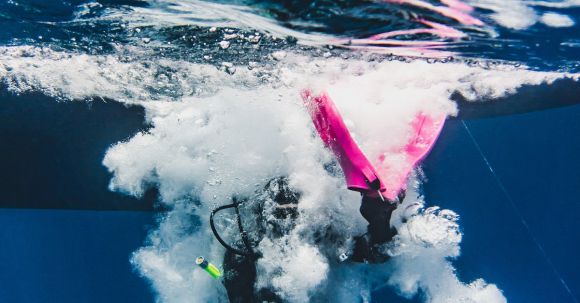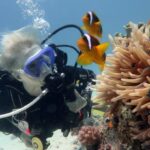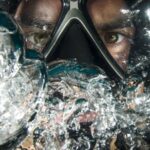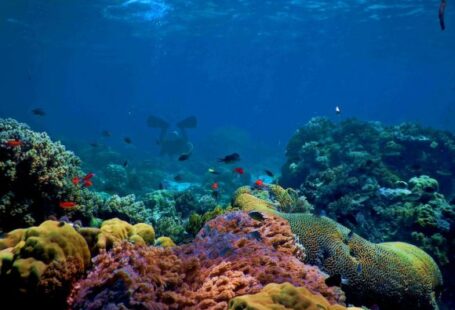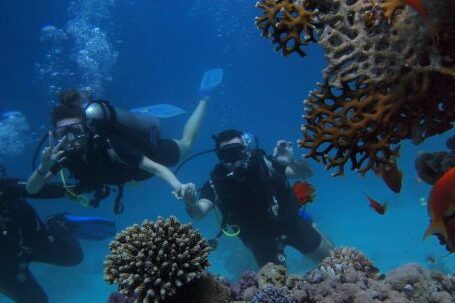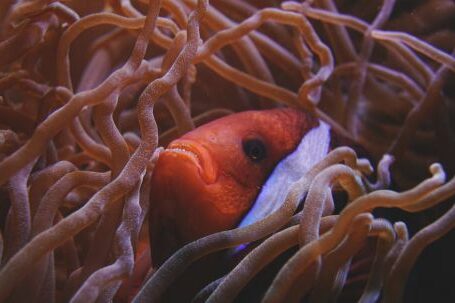Buoyancy control is a fundamental skill for any scuba diver. It allows divers to effortlessly float at a desired depth without exerting unnecessary energy. Whether you are a beginner or an experienced diver, mastering buoyancy control underwater is essential for a safe and enjoyable dive. In this article, we will explore some key techniques and tips for achieving optimal buoyancy control.
Understanding Buoyancy
Before we delve into the techniques, let’s first understand the concept of buoyancy. Buoyancy is the upward force experienced by an object immersed in a fluid, such as water. In scuba diving, buoyancy control refers to the ability to maintain neutral buoyancy, where the diver neither sinks nor floats but hovers effortlessly in the water.
Proper Weighting
Achieving proper buoyancy starts with correct weighting. Many divers make the mistake of over or under-weighting themselves, which can lead to buoyancy control issues. The key is to find the right amount of weight to achieve neutral buoyancy at the beginning of the dive, when the tank is full. Experiment with different weights and seek guidance from a qualified instructor to determine the ideal weight for you.
Breathing Control
One of the most crucial aspects of buoyancy control is mastering breathing techniques. Your lungs act as a buoyancy control device. By inhaling, you increase your buoyancy, and by exhaling, you decrease it. The key is to maintain slow, deep breaths and make small adjustments as needed. Avoid holding your breath, as it can lead to uncontrolled ascents or descents.
Trim and Body Positioning
Another important factor in buoyancy control is maintaining proper trim and body positioning. Trim refers to the horizontal alignment of your body in the water. A streamlined body position helps minimize drag and allows for efficient movement. Keep your legs slightly elevated and your head aligned with your spine to achieve optimal trim.
Using Buoyancy Compensator Device (BCD)
A BCD is a vital piece of equipment that allows divers to control their buoyancy. It consists of an inflatable bladder that can be inflated or deflated to adjust buoyancy. To achieve neutral buoyancy, add or release air from the BCD in small increments. Make sure to do it slowly and avoid rapid changes, as it can cause instability.
Fine-Tuning with Fins
Fins play a significant role in buoyancy control. They provide propulsion and help maintain stability underwater. By using small, controlled movements of your fins, you can make precise adjustments to your buoyancy. Practice using your fins to maintain a steady position in the water without excessive kicking.
Practicing Buoyancy Drills
Regular practice is essential for mastering buoyancy control. Take the time to perform buoyancy drills during your dives. One effective drill is the hover drill, where you aim to stay in one position without any movement. This drill improves your control and allows you to fine-tune your buoyancy skills.
Dive Responsibly
Lastly, it is crucial to dive responsibly and respect the marine environment. Avoid touching or damaging the coral reefs and other marine life, as this can disrupt their delicate ecosystems. Maintaining good buoyancy control helps prevent accidental contact and minimizes the impact on the underwater world.
In conclusion, mastering buoyancy control underwater is a skill that every scuba diver should aim to achieve. It enhances safety, conserves energy, and allows for a more enjoyable diving experience. Remember to focus on proper weighting, breathing control, trim and body positioning, effective use of BCD and fins, and regular practice. By applying these techniques and being mindful of the marine environment, you can become a proficient buoyancy master. Happy diving!
